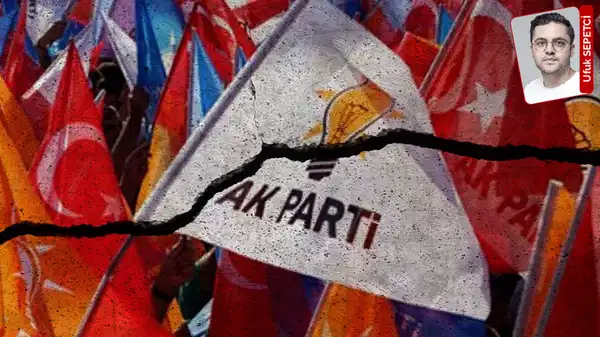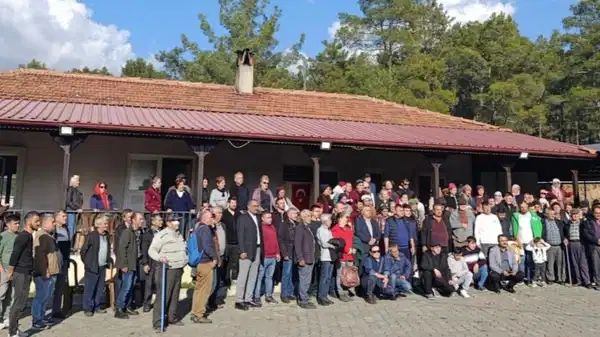Germany’s natural gas supply faces “ongoing precarity” due to a huge drop in Russian gas imports, and this could impact neighboring countries and last into 2024, according to a report by academics in the US.
"New liquefied natural gas (LNG) imports and additional pipeline supplies from producing regions are insufficient to make up for the nearly 40% market share that Russian gas volumes recently occupied,” said the report’s authors, Kenneth B. Medlock III, Anna Mikulska, and Luke (Leelook) Min.
Germany is therefore faced with having to find new sources to meet its energy needs and ration its own gas demand, according to the report, Natural Gas Balance in Europe: Germany as a Case Study.
Until Russia’s attack on Ukraine starting this February, Germany accounted for 25% of all natural gas imports to the EU and one-third of all imports to the EU from Russia.
Germany is the seventh-largest energy consumer in the world, accounting for 2% of the world’s energy consumption after China, the US, India, Russia, Japan, and Canada. It has the most renewable energy in its energy mix at 19%. However, fossil fuels – coal, oil, and gas – still dominate, providing over three-fourths of the country’s energy needs. Natural gas (26%) is the second-biggest contributor after oil (33%).
Domestic gas production accounts for only 5% of total consumption, with the rest previously imported from Russia (55%), Norway (31%), and the Netherlands. Germany is now sourcing more gas from Benelux (Belgium, Netherlands, Luxembourg) countries and France in over-the-counter (OTC), bilateral, and LNG deals.
Germany imported 37.6% of gas from Norway in September compared with 19.2% in the same month of 2021, while Dutch deliveries rose to 29.6% of imports from 13.7%, data from utility industry group BDEW showed.
Benchmark gas prices on the Dutch Title Transfer Facility (TTF) market have fallen 70% from their August high and are now at €104 (around $111) a megawatt-hour (MWh), still 15% above a year ago but reflecting the impact of the replacement sources.
Nord Stream
Russian gas supplies from the Nord Stream 1 pipeline, which began in 2011, were 55 billion cubic meters (bcm) per year, and the Nord Stream 2 pipeline, completed in 2022, would have added another 55 bcm/year.
"If Nord Stream 2 had been commissioned and become fully operational, the pipeline together with Nord Stream 1 could have satisfied Germany’s entire annual gas demand and provided some gas for reexports,” the report noted.
Low-cost natural gas from Russia was considered a bridge fuel that would help reach Germany’s goal of phasing out the country’s nuclear fleet by the end of 2022.
“Both pipelines were portrayed by Germany as a part of the EU’s gas market diversification efforts, i.e., the diversification of gas transit away from Ukraine that both Russia and Germany had considered to be unreliable. At the same time, the need for diversification of suppliers — in particular via LNG imports — was dismissed on the basis of high costs compared to Russian supply," the authors noted.
Ambitious plans and reversals
The report added that Europe’s shift away from fossil fuels, including natural gas, has gone to Berlin’s policy back burner.
“There is very strong pressure in public opinion in Germany now (close to 70%) to extend the lifeline of three or possibly more of the functioning nuclear power stations beyond March 2023 (initially scheduled for the end of 2022), which will ultimately convince an ever-hesitating Chancellor (Olaf) Scholz and the anti-nuclear Greens to go along,” said Albrecht Rothacher, an author who worked for 30 years in the European Commission, noting how the war pushed back Germany’s plan to stop using nuclear.
“On coal, they remain very discrete. But their opportunism makes forecasting and planning very difficult for energy suppliers and industrial users, which are beginning to relocate to safer production sites, like the US foremost,” he added.
This April, Berlin published a draft legislative package called the Easter Package, touted as the “biggest energy policy reform in decades.”
Instead of its previous goal of reaching a 65% share of renewable energy in Germany’s power generation by 2030, the plan set that share to 80%, with the aim of “almost” 100% by 2035.
The government also passed a law to reactivate coal and oil-fired power plants as a temporary measure and postpone closing its three nuclear power plants, initially scheduled for the end of 2022.
While floating storage and regasification units (FSRU) have been mobilized as shorter-term opportunities to bring more LNG into Germany, there is limited capacity along LNG supply chains to do more in the near term, the report noted.
Two FSRUs should be ready at the turn of the year, in Brunsbuettel and Wilhelmshaven, with two more to follow at Stade and Lubmin. The four will have a total annual capacity of 22.5 bcm, with a fifth FSRU planned for winter 2023-24.
High energy prices have many companies, such as German-based BASF, considering relocation to countries like the US and China.
"This does not bode well for the future of the German economy, nor, by extension, for Europe as a whole," the report said.
Prospects bleak
"This winter may be very challenging for Germany, particularly if the winter is cold and/or long, even as new LNG import capacity is added," the report noted.
The report outlines three demand-oriented scenarios: (1) a cold winter in 2022-23, (2) a mild winter in 2022-23 and (3) an extreme case in which this winter and the next are colder than normal, with a warmer than normal summer.
The report suggested that in all three scenarios, an imbalance is inevitable and that that can only be rectified through fuel-switching and demand-rationing.
"In this regard, LNG imports are critical for market balance in every case considered, as two German FSRU terminals in Wilhelmshaven and Brunsbüttel will bring an additional import capacity of 16 bcm/y,” the report noted.
"Our analysis indicates that the combination of new LNG imports and full storage will still require other active margins of response — fuel-switching and/or demand rationing — even with a mild winter. If the winter is colder than average, the situation tightens significantly," the report stated.
The report noted that one margin Germany can consider is its exports to neighboring countries.
"Germany can flex these down to minimum historical levels, which is the assumption in the scenarios we constructed. However, this could put pressure on gas market balances in Germany’s neighboring regions as well,” it said.
"The political and social fallout that could result might weaken European resolve to completely wean itself from Russian natural gas," the report noted.
But while the mild scenario represents an extremely low-demand case relative to recent history, imbalances would still occur, it added.
"It takes years to permit, build and commission new LNG export infrastructure and for the associated supply chains to deliver LNG to regasification locations. While FSRUs can serve as a near-term bridge for LNG imports, a casual reliance on FSRUs does not address the lack of sufficient global liquefaction capacity, the time to build new capacity, nor constraints on the current availability of FSRU capacity,” it said.
“In 2023, these volumes are very likely to remain unavailable. As such, while the near-term emphasis should be on meeting heating demands for winter 2022-23, winter 2023-24 may pose an even more difficult challenge,” the report concluded.
Inflation
As the EU’s largest economy, much of which relies on natural gas for manufacturing, Germany has a large knock-on effect on economic performance for the entire bloc.
“An energy shortage is one of the main drivers (and the immediate trigger of its upshot this year) of inflation next to supply chain disruptions from China, Russian sanctions pushing up prices also for other raw materials, public deficit spending and now also rising labor costs as other factors. Energy costs will continue to fuel inflation and in all likelihood will keep it up above 10% for the Euro-zone during the coming year,” said Rothacher.
“With Germany’s extended energy subsidy plan, the size of the impact on inflation might not be as significant unless energy prices reach higher than what they are right now. What’s probably more concerning is its industry having to ration a significant portion of its natural gas use already (-27.4%) and going forward. Our model assumes negative 8% growth in industrial activity. Further industrial demand rationing will reinforce a slowdown of the economy, which will lead to stagnation,” Mikulska said.















